Home>Gardening & Outdoor>Landscaping Ideas>What Is Purple Flower Weeds In Grass
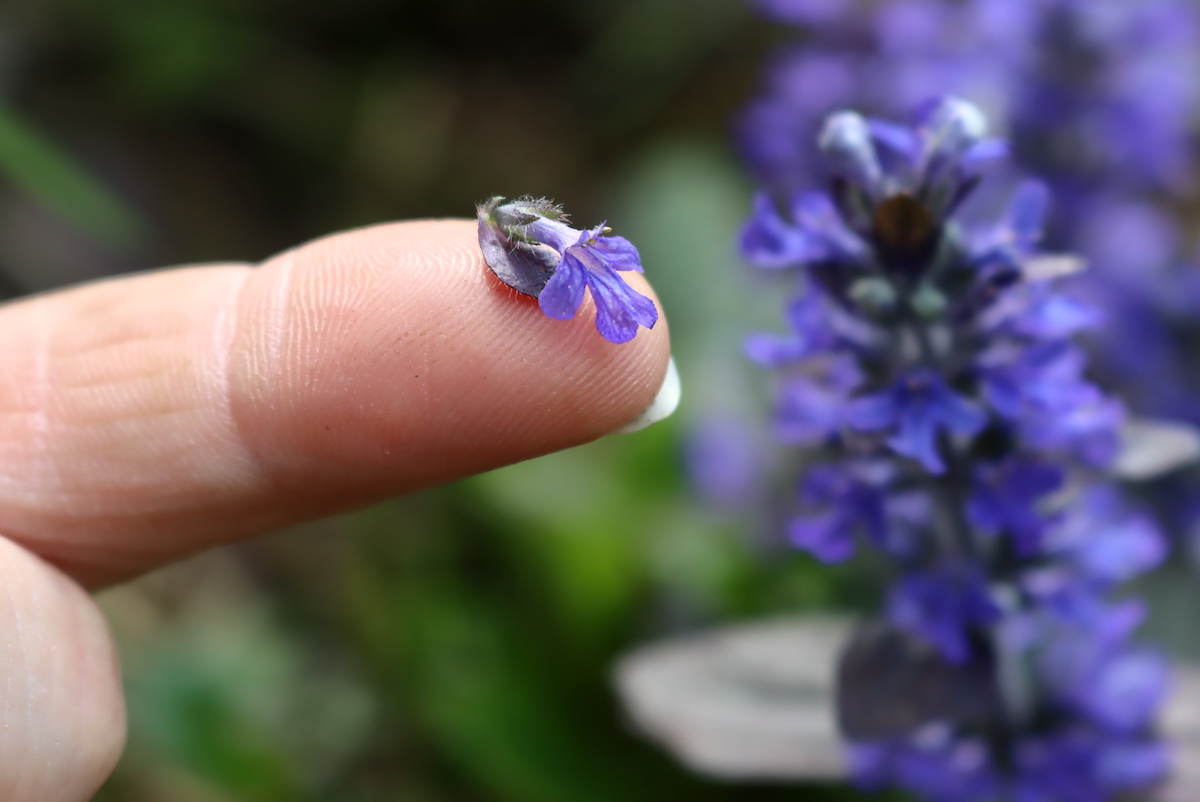

Landscaping Ideas
What Is Purple Flower Weeds In Grass
Modified: August 16, 2024
Discover effective landscaping ideas to control and remove purple flower weeds in grass. Enhance your lawn with expert tips and solutions.
(Many of the links in this article redirect to a specific reviewed product. Your purchase of these products through affiliate links helps to generate commission for Storables.com, at no extra cost. Learn more)
Introduction
When you take a stroll through your lush green lawn, the last thing you want to see is an invasion of pesky purple flower weeds disrupting the uniformity of your grass. These unwelcome intruders not only detract from the aesthetic appeal of your lawn but also compete with your grass for essential nutrients, water, and sunlight. As a result, your once pristine lawn may start to look unkempt and unhealthy, with patches of vibrant purple flowers standing out amidst the sea of green.
Dealing with purple flower weeds in your grass can be a frustrating experience, especially if you're unsure of how to identify and effectively manage them. However, with the right knowledge and strategies, you can regain control of your lawn and restore its natural beauty.
In this comprehensive guide, we will delve into the world of purple flower weeds in grass, exploring the various types of these intruders, their impact on your lawn, and the most effective methods for controlling and removing them. By the end of this article, you will be equipped with the insights and techniques needed to tackle purple flower weeds and reclaim the health and vibrancy of your grassy landscape.
Key Takeaways:
- Purple flower weeds disrupt the beauty of your lawn and compete with grass for nutrients. Identifying and removing them using manual methods, herbicides, and cultural practices can restore your lawn’s health and vibrancy.
- Purple flower weeds, like Purple Deadnettle and Henbit, hinder grass growth and maintenance. By implementing strategies such as mulching and preventive measures, you can control and remove these intruders, allowing your grass to thrive.
Read more: What Are Purple Flowers In Grass
Identifying Purple Flower Weeds
Identifying purple flower weeds amidst your grass is the crucial first step in effectively managing their presence. These intruders often stand out with their vibrant purple blossoms, contrasting sharply against the green backdrop of your lawn. However, it's essential to look beyond the flowers and consider other distinguishing features that can help you accurately identify these unwelcome guests.
One common type of purple flower weed is the Purple Deadnettle (Lamium purpureum), which is characterized by its distinctive square stems and heart-shaped leaves with serrated edges. This low-growing weed thrives in moist, shady areas and can quickly spread across your lawn if left unchecked. Its small, tubular purple flowers emerge from the leaf axils, adding a pop of color to the sea of grass.
Another notorious purple flower weed is the Henbit (Lamium amplexicaule), which shares similarities with the Purple Deadnettle but can be differentiated by its more upright growth habit and deeply lobed leaves. The delicate purple flowers of the Henbit cluster at the top of the stems, creating a striking visual display that can disrupt the uniformity of your grass.
In addition to these specific varieties, there are other purple-flowering weeds that may infiltrate your lawn, each with its own unique characteristics. Regardless of the specific type, the presence of vibrant purple flowers amidst your grass is a clear indicator of weed infestation that requires prompt attention.
When identifying purple flower weeds, it's important to consider not only the appearance of the plants but also their growth habits and preferred environments. By familiarizing yourself with the distinct features of these intruders, you can take proactive measures to address their presence and prevent them from overtaking your lawn.
Understanding the nuances of purple flower weeds and being able to accurately identify them will empower you to implement targeted control and removal strategies, ensuring that your grass can thrive without the disruptive influence of these unwelcome interlopers.
Common Types of Purple Flower Weeds
When it comes to purple flower weeds infiltrating your grass, several common types are known to cause headaches for homeowners and garden enthusiasts. Understanding the distinct characteristics of these intruders is essential for effective management and removal. Let's explore some of the most prevalent varieties of purple flower weeds that may encroach upon your lawn:
-
Purple Deadnettle (Lamium purpureum): This low-growing weed is easily recognizable by its square stems and heart-shaped leaves with serrated edges. Thriving in moist, shady areas, the Purple Deadnettle can quickly spread across your lawn, creating a visually disruptive presence with its small, tubular purple flowers emerging from the leaf axils.
-
Henbit (Lamium amplexicaule): Similar to the Purple Deadnettle, the Henbit features square stems and leaves with a more upright growth habit and deeply lobed edges. Its delicate purple flowers cluster at the top of the stems, adding a touch of color that stands out amidst the surrounding grass.
-
Creeping Charlie (Glechoma hederacea): Also known as ground ivy, Creeping Charlie is characterized by its scalloped, kidney-shaped leaves and small, funnel-shaped purple flowers. This aggressive weed spreads rapidly through creeping stems, forming dense mats that can smother the growth of your grass.
-
Violets (Viola spp.): While violets are often admired for their charming appearance, they can become invasive in lawns, particularly when they produce an abundance of purple flowers. Their heart-shaped leaves and distinctive blooms make them stand out, posing a challenge for maintaining a uniform grassy expanse.
-
Purple Aster (Symphyotrichum spp.): This perennial weed, also known as Michaelmas daisy, features daisy-like purple flowers that can infest lawns and disrupt the visual harmony of the grass. Its ability to spread through rhizomes and seeds makes it a persistent presence that requires targeted management.
Understanding the characteristics and growth habits of these common types of purple flower weeds is crucial for implementing effective control and removal strategies. By familiarizing yourself with the specific features of each intruder, you can take proactive measures to address their presence and prevent them from overtaking your lawn. With this knowledge, you'll be better equipped to restore the health and vibrancy of your grassy landscape, free from the disruptive influence of these unwelcome interlopers.
Impact of Purple Flower Weeds on Grass
The presence of purple flower weeds in your grass can have a detrimental impact on the overall health and appearance of your lawn. These invasive intruders not only disrupt the visual uniformity of the grass but also compete with it for essential resources, leading to a range of negative effects.
First and foremost, the aggressive growth of purple flower weeds can result in the formation of unsightly patches within the grass, creating a stark contrast that detracts from the overall aesthetic appeal of your lawn. The vibrant purple blossoms stand out amidst the green expanse, creating a visually disruptive presence that compromises the desired uniformity and lushness of the grassy landscape.
Moreover, purple flower weeds can outcompete the grass for vital resources such as nutrients, water, and sunlight. As these intruders proliferate and spread, they consume a significant portion of the resources that are essential for the healthy growth and development of the grass. This competition can lead to the weakening of the grass, making it more susceptible to issues such as discoloration, stunted growth, and overall decline in vigor.
In addition to resource competition, the presence of purple flower weeds can hinder the overall maintenance and care of the lawn. These intruders often require targeted removal and control measures, diverting time and effort that could otherwise be dedicated to nurturing the grass. The need to address the encroachment of purple flower weeds can disrupt the regular maintenance routine, impacting the overall well-being of the lawn.
Furthermore, the invasive nature of these weeds can impede the spread and growth of desirable grass species, leading to a decline in the overall density and coverage of the lawn. As the purple flower weeds encroach upon the grass, they create barriers that hinder the natural expansion and regeneration of the turf, resulting in a compromised and uneven lawn surface.
Overall, the impact of purple flower weeds on grass extends beyond mere visual disruption, encompassing a range of negative effects that can compromise the health, vigor, and overall appeal of your lawn. Understanding the detrimental consequences of these invasive intruders underscores the importance of implementing effective control and removal strategies to restore the natural beauty and vitality of your grassy landscape.
Controlling and Removing Purple Flower Weeds
Effectively controlling and removing purple flower weeds from your lawn is essential to restore the health and visual appeal of your grassy landscape. Here are some strategies to tackle these invasive intruders:
Read more: What Kills Grass And Weeds But Not Flowers
1. Manual Removal:
Begin by manually removing the purple flower weeds, ensuring to pull them out from the roots to prevent regrowth. Use a hand trowel or weeding tool to carefully extract the weeds, taking care to minimize disturbance to the surrounding grass.
2. Mowing Practices:
Maintain a regular mowing schedule to prevent the purple flower weeds from producing seeds and spreading further. Adjust the mower height to encourage the healthy growth of the grass while inhibiting the proliferation of the weeds.
3. Targeted Herbicides:
Consider using selective herbicides specifically formulated to target broadleaf weeds while preserving the grass. Read and follow the product instructions carefully, applying the herbicide when the weeds are actively growing for optimal effectiveness.
4. Cultural Practices:
Promote the overall health of your lawn through proper cultural practices, including adequate watering, fertilization, and aeration. A healthy and robust grass stand is better equipped to outcompete and resist the encroachment of purple flower weeds.
Read more: What Are The White Flowers In The Grass
5. Mulching:
Apply a layer of organic mulch to garden beds and around the perimeter of your lawn to suppress the growth of purple flower weeds. Mulch acts as a natural barrier, inhibiting weed germination and reducing the need for extensive manual weeding.
6. Preventive Measures:
Take proactive steps to prevent the reinfestation of purple flower weeds by addressing any underlying issues such as poor soil health, inadequate drainage, or excessive shade. By creating unfavorable conditions for weed growth, you can safeguard the long-term health of your lawn.
By implementing a combination of these strategies, you can effectively control and remove purple flower weeds from your lawn, allowing your grass to thrive without the disruptive influence of these invasive intruders. Regular monitoring and maintenance will be key to preventing the resurgence of these weeds, ensuring that your lawn remains healthy, vibrant, and free from the visual disruption caused by purple flower weeds.
Conclusion
In conclusion, the presence of purple flower weeds in your grass can significantly impact the overall health, appearance, and maintenance of your lawn. These invasive intruders, including the Purple Deadnettle, Henbit, Creeping Charlie, Violets, and Purple Aster, not only disrupt the visual uniformity of the grass but also compete with it for essential resources, leading to a range of negative effects. From unsightly patches and resource competition to maintenance disruptions and hindered grass growth, the detrimental consequences of purple flower weeds underscore the importance of implementing effective control and removal strategies.
By understanding the distinct characteristics and growth habits of these common types of purple flower weeds, homeowners and garden enthusiasts can take proactive measures to address their presence and prevent them from overtaking the lawn. Manual removal, mowing practices, targeted herbicides, cultural practices, mulching, and preventive measures offer a comprehensive approach to controlling and removing these invasive intruders, allowing the grass to thrive without the disruptive influence of purple flower weeds.
Ultimately, restoring the health and vibrancy of your grassy landscape requires diligence, knowledge, and a proactive approach to managing the presence of purple flower weeds. By implementing the strategies outlined in this guide and maintaining regular monitoring and maintenance, homeowners can reclaim the natural beauty of their lawns, free from the visual disruption caused by these unwelcome interlopers. With a combination of effective control measures and a commitment to lawn care, you can create an environment where your grass can flourish, providing a lush and vibrant backdrop for outdoor enjoyment and relaxation.
Frequently Asked Questions about What Is Purple Flower Weeds In Grass
Was this page helpful?
At Storables.com, we guarantee accurate and reliable information. Our content, validated by Expert Board Contributors, is crafted following stringent Editorial Policies. We're committed to providing you with well-researched, expert-backed insights for all your informational needs.
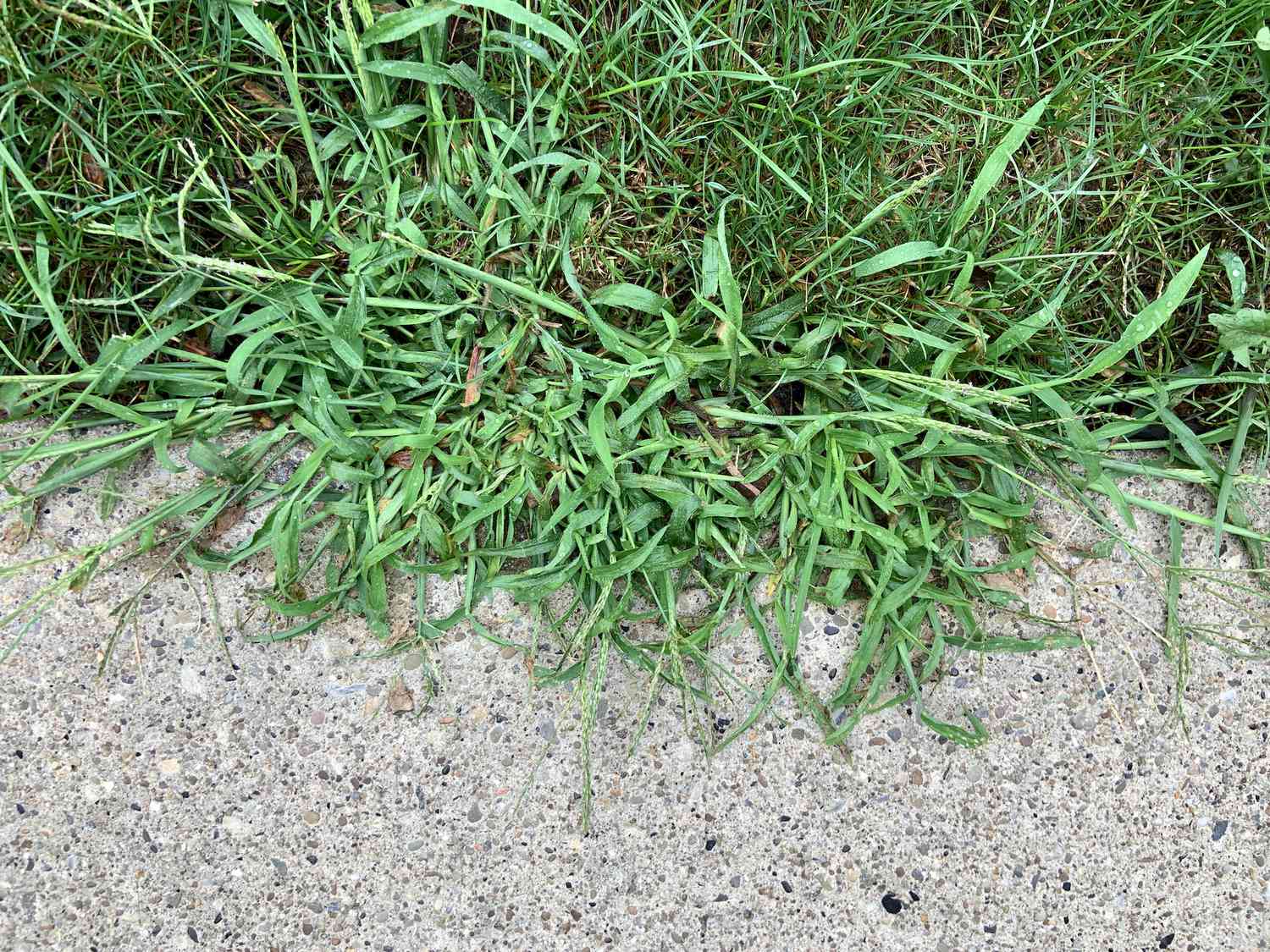
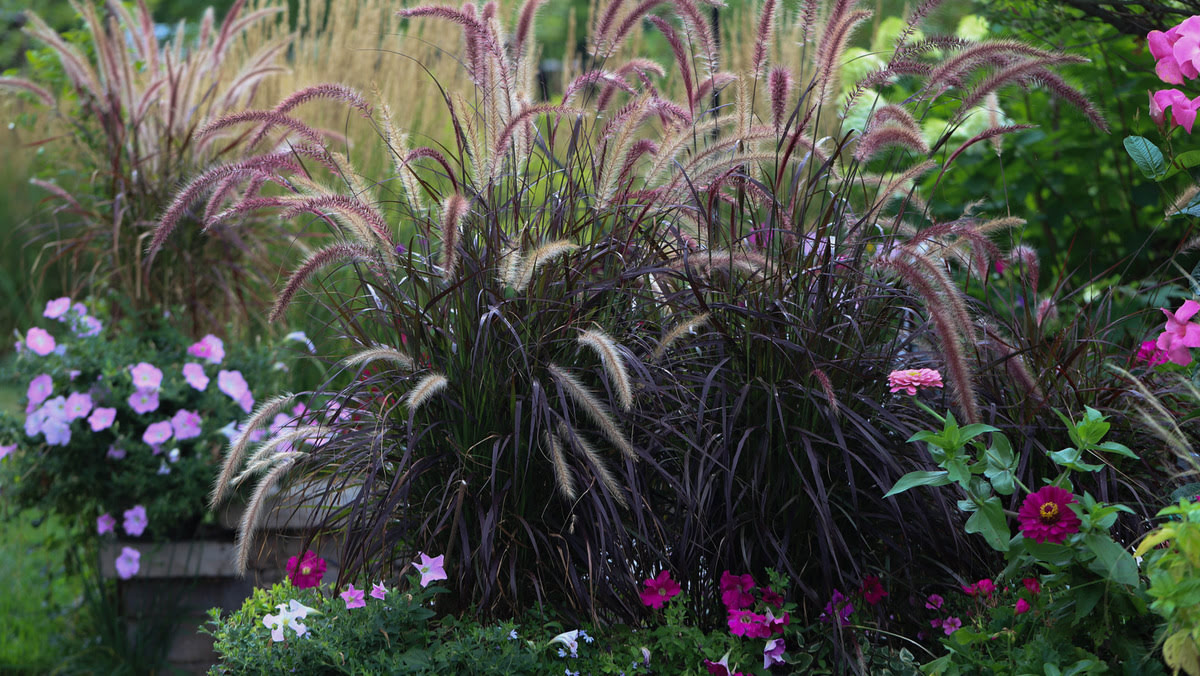
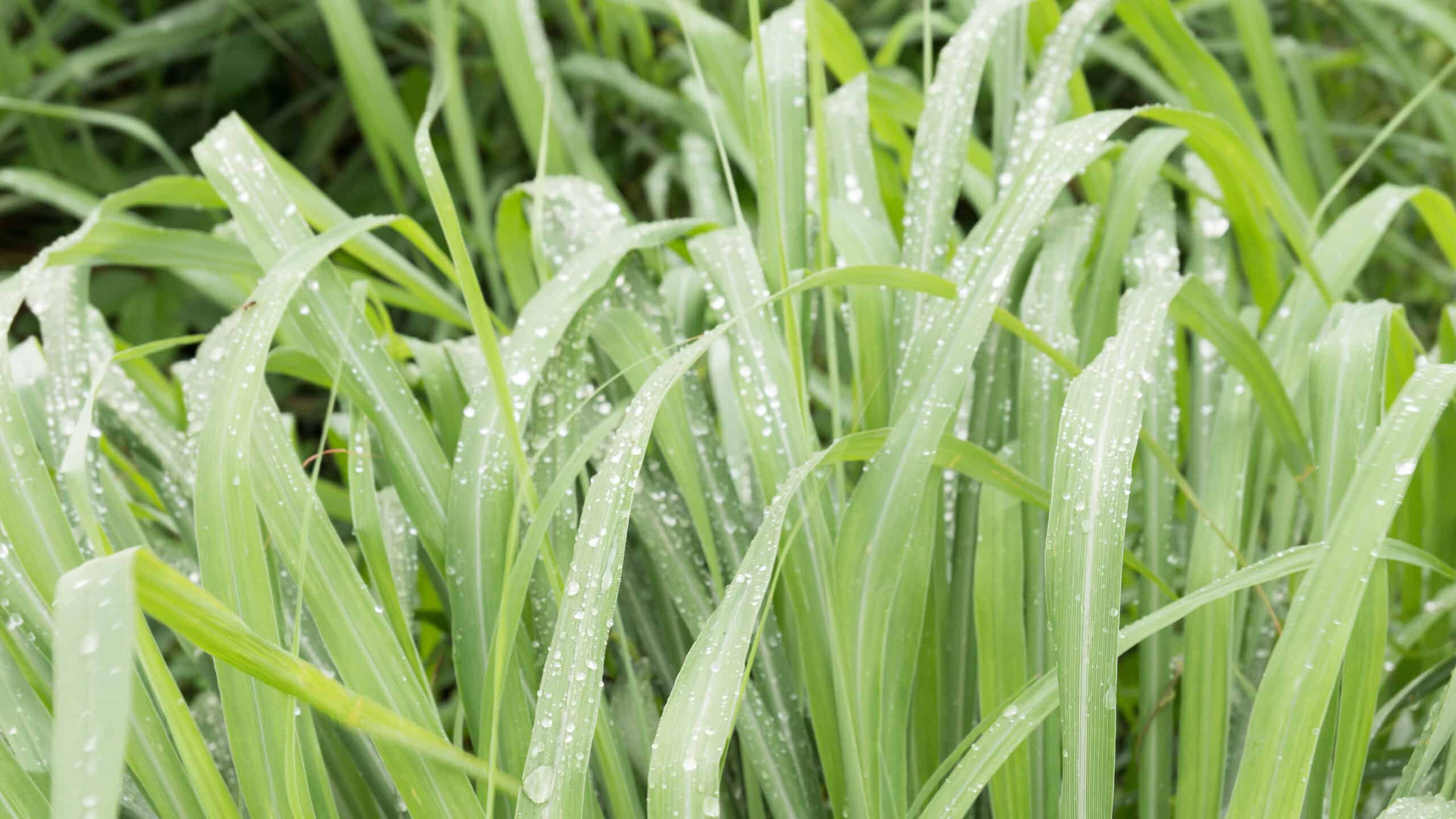
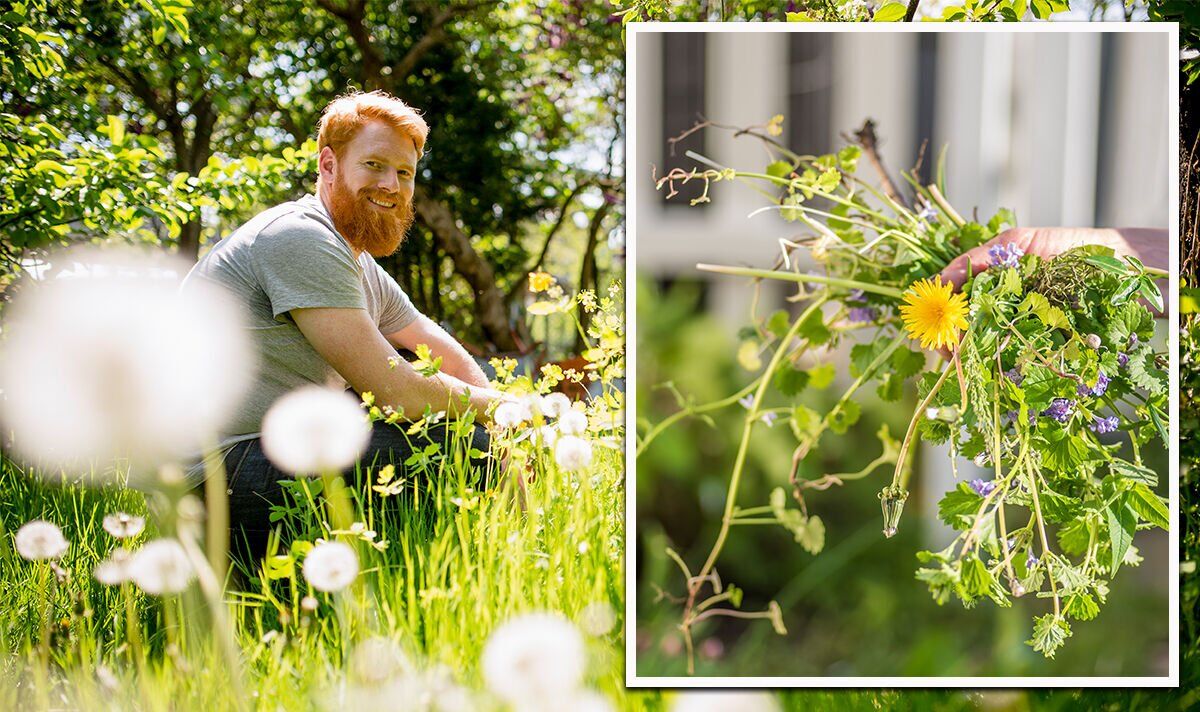
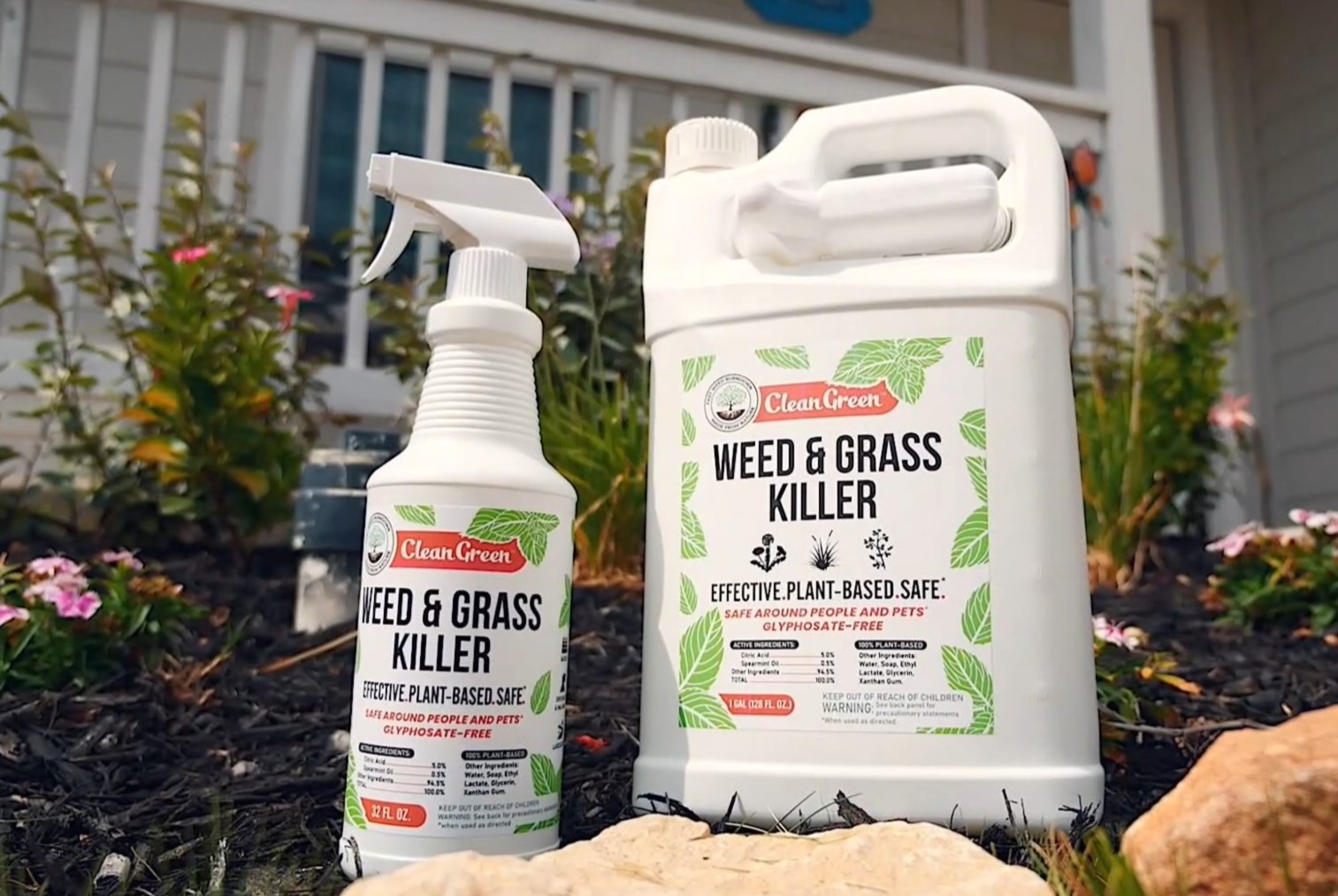
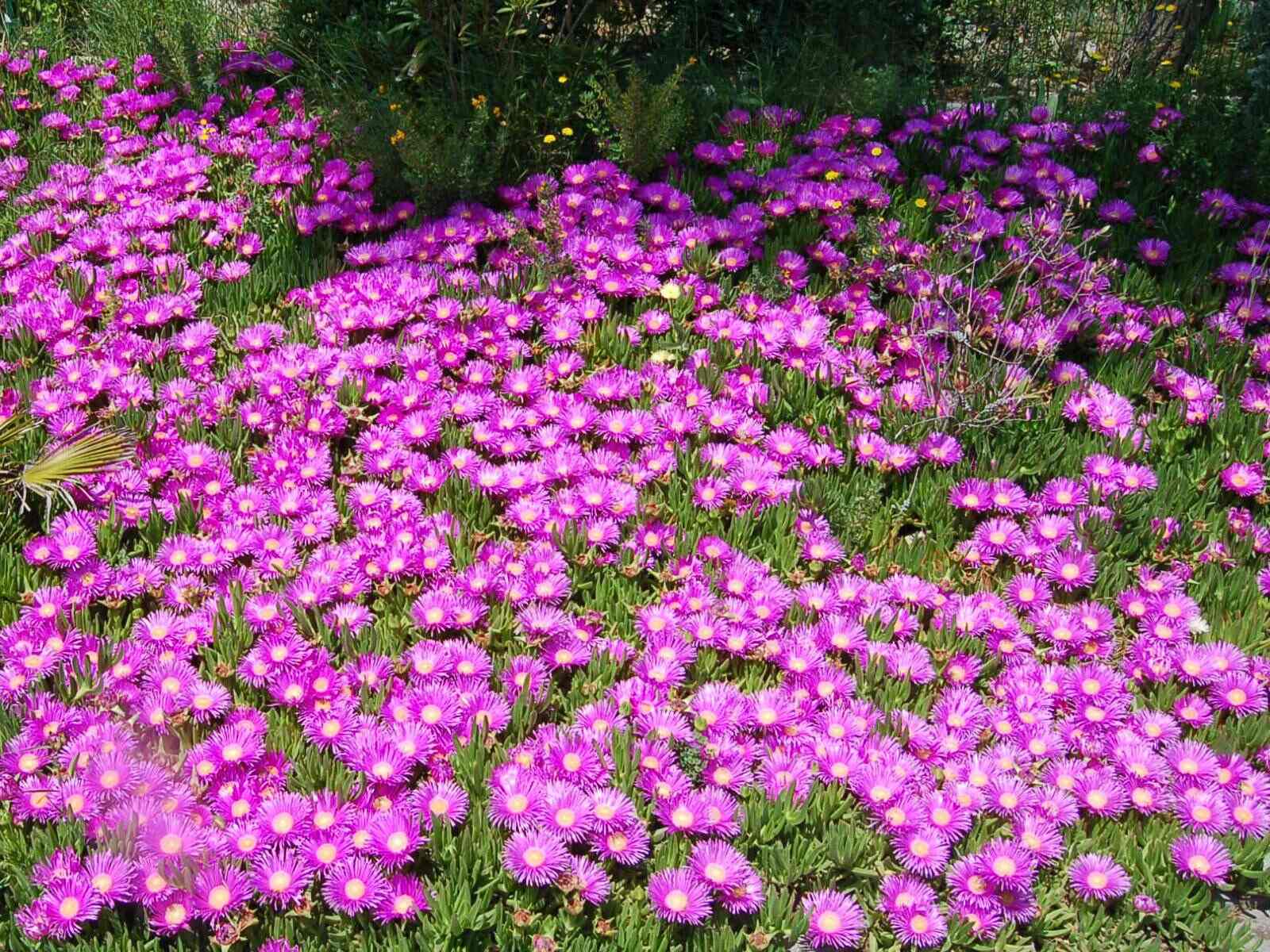
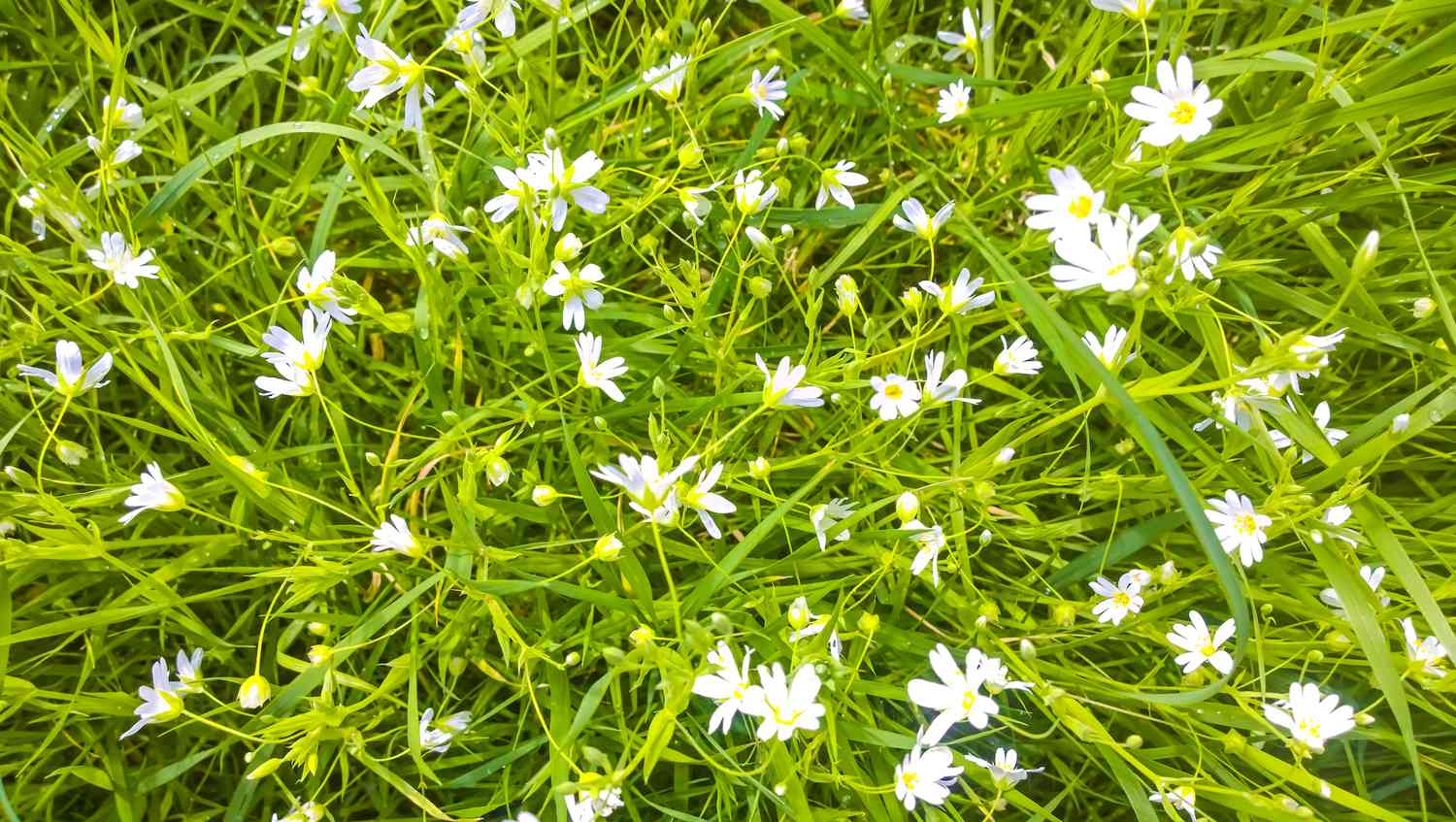
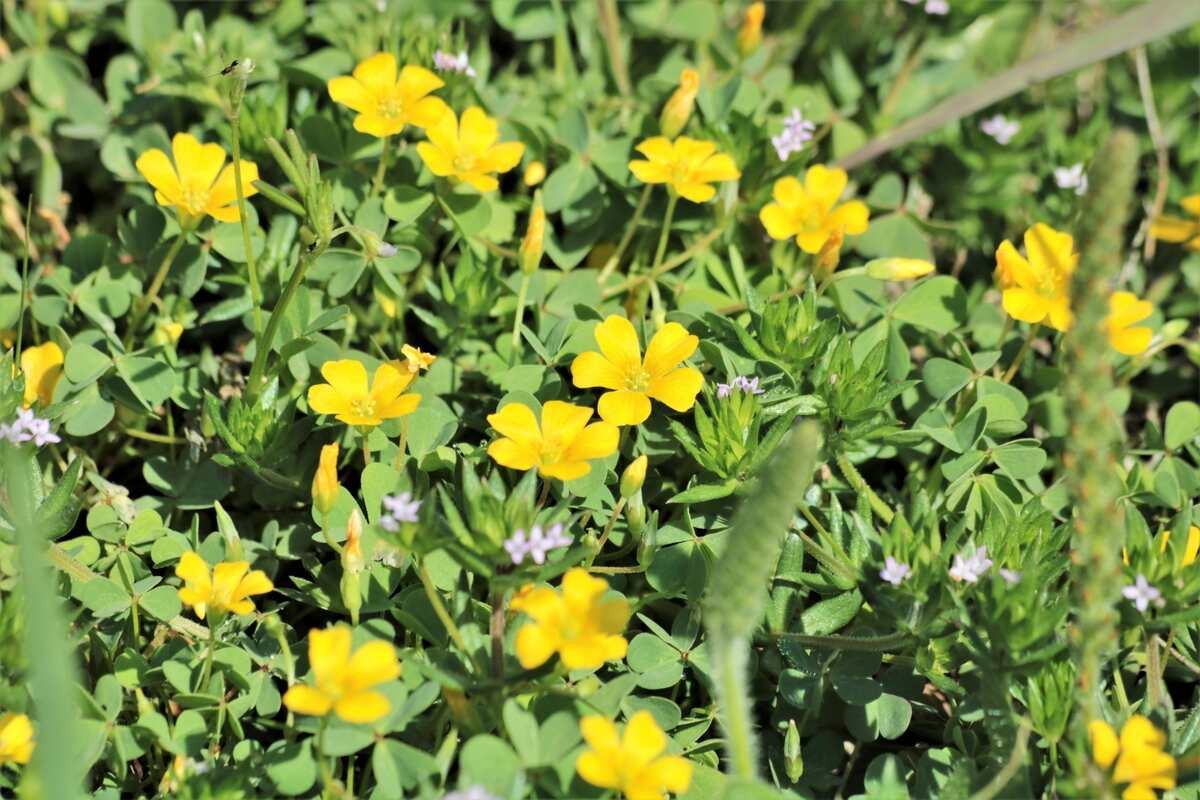
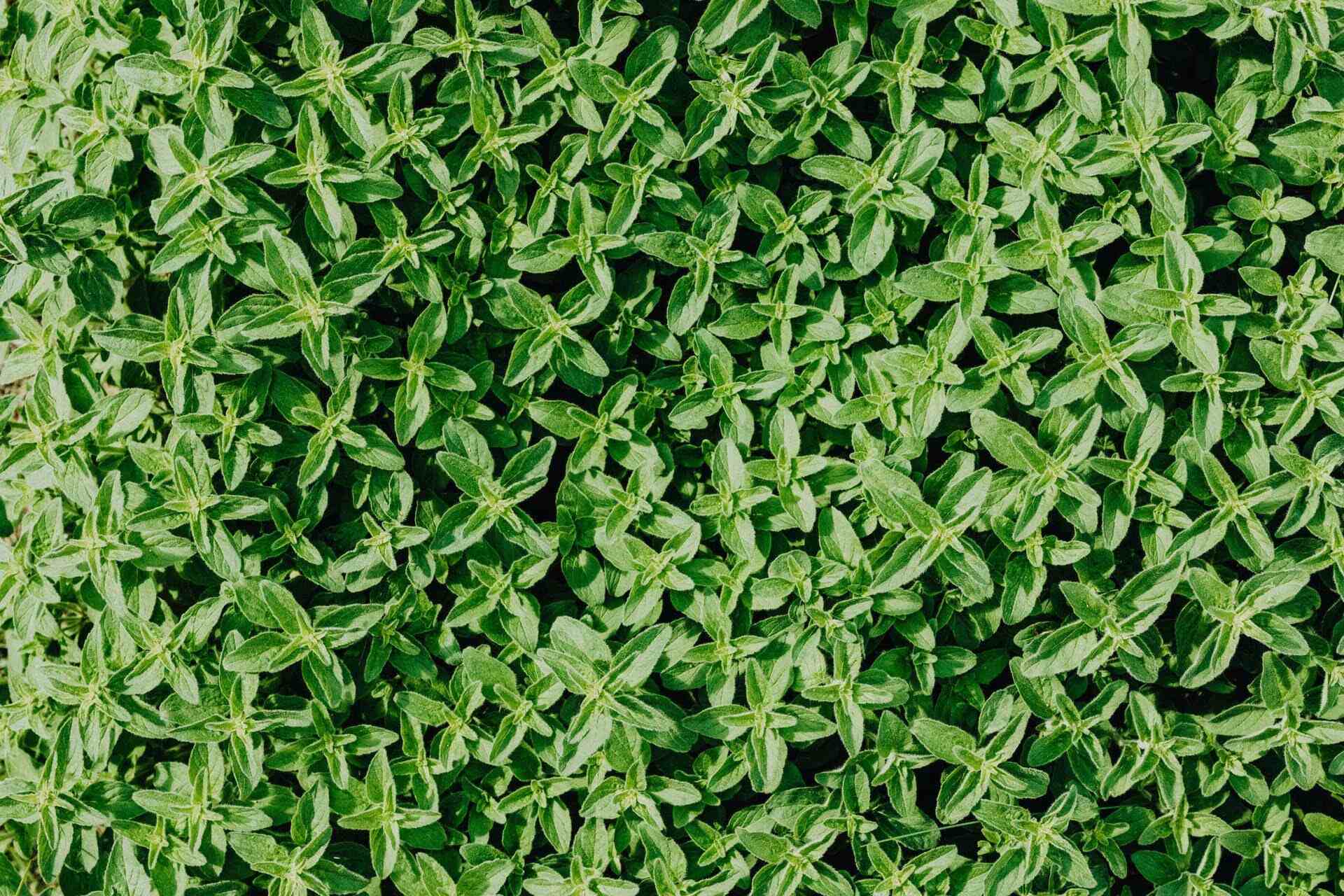
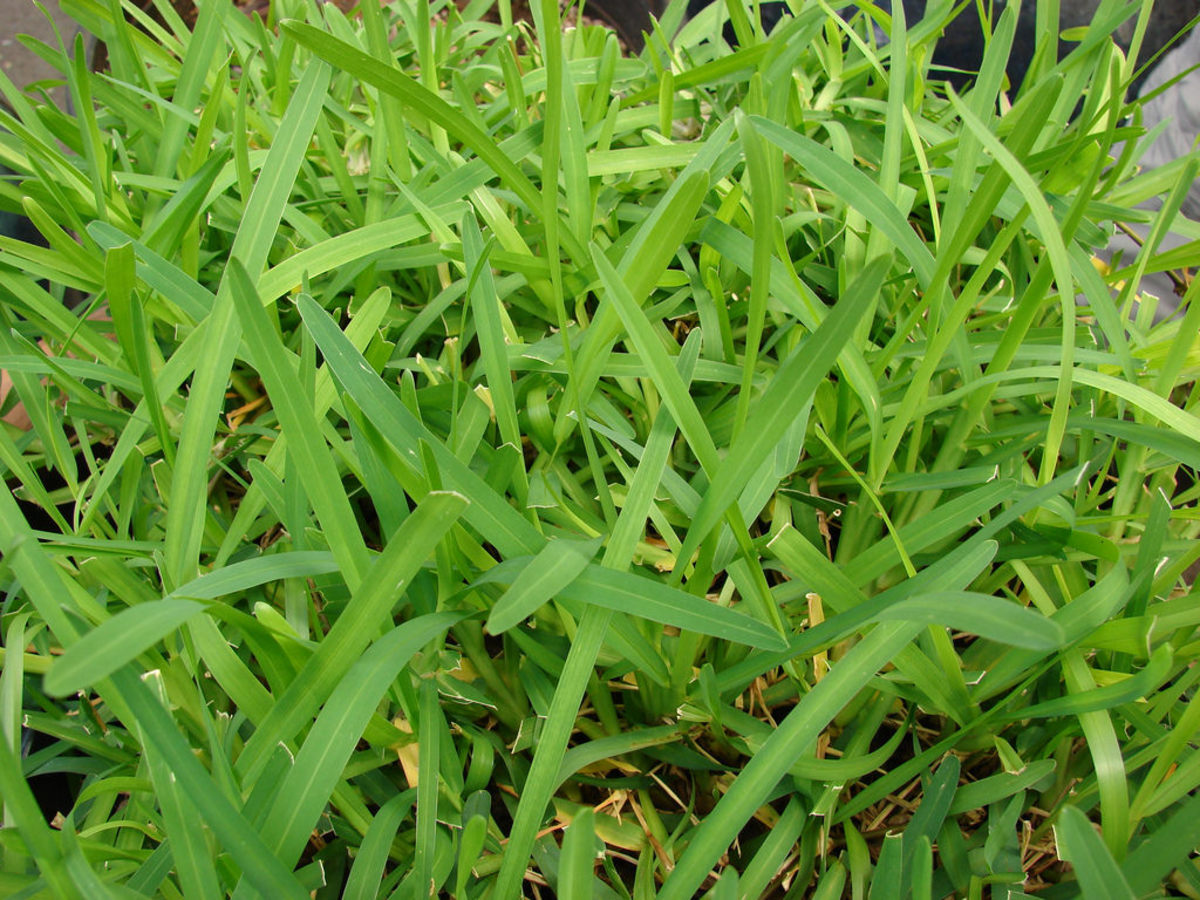
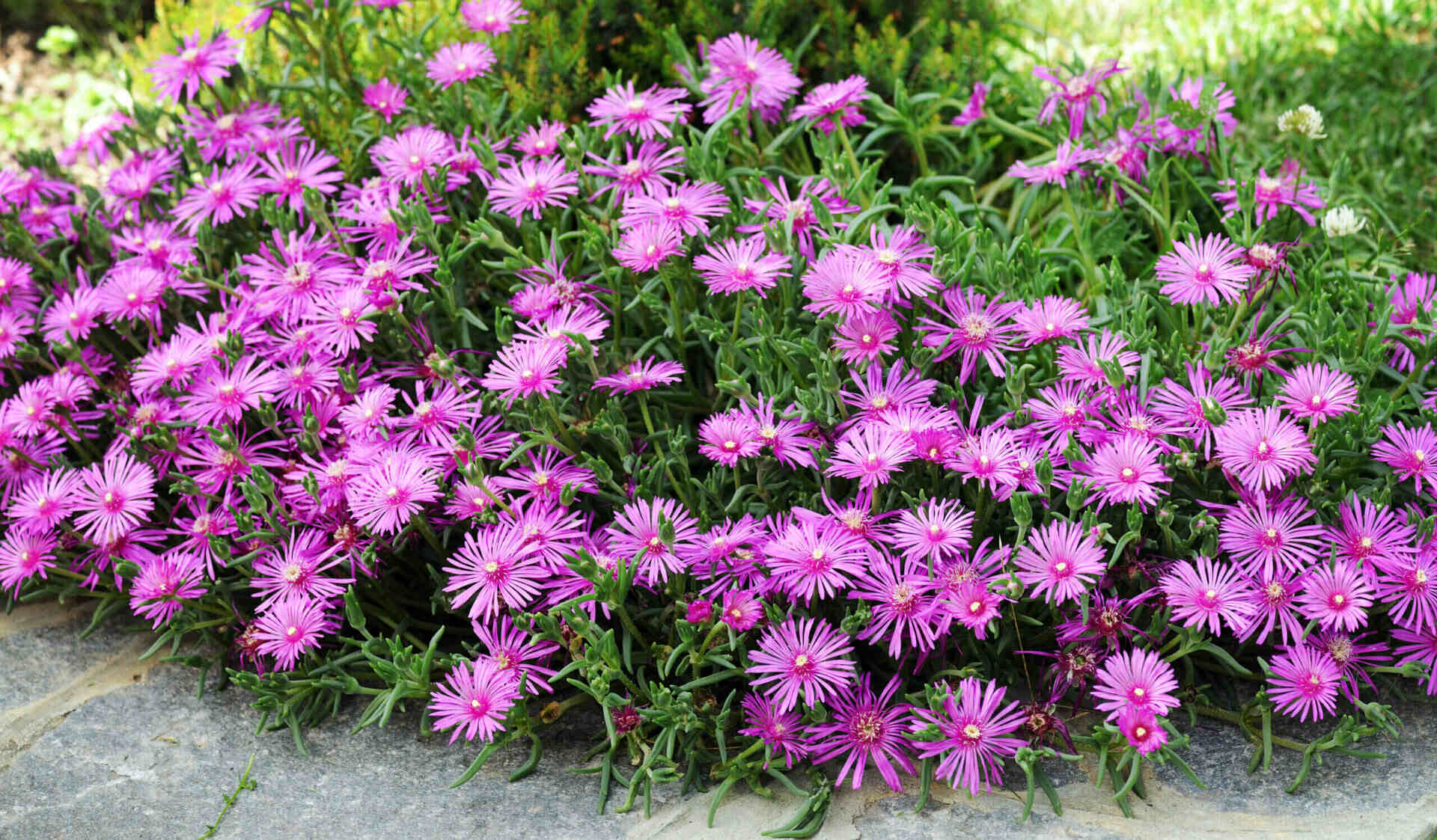
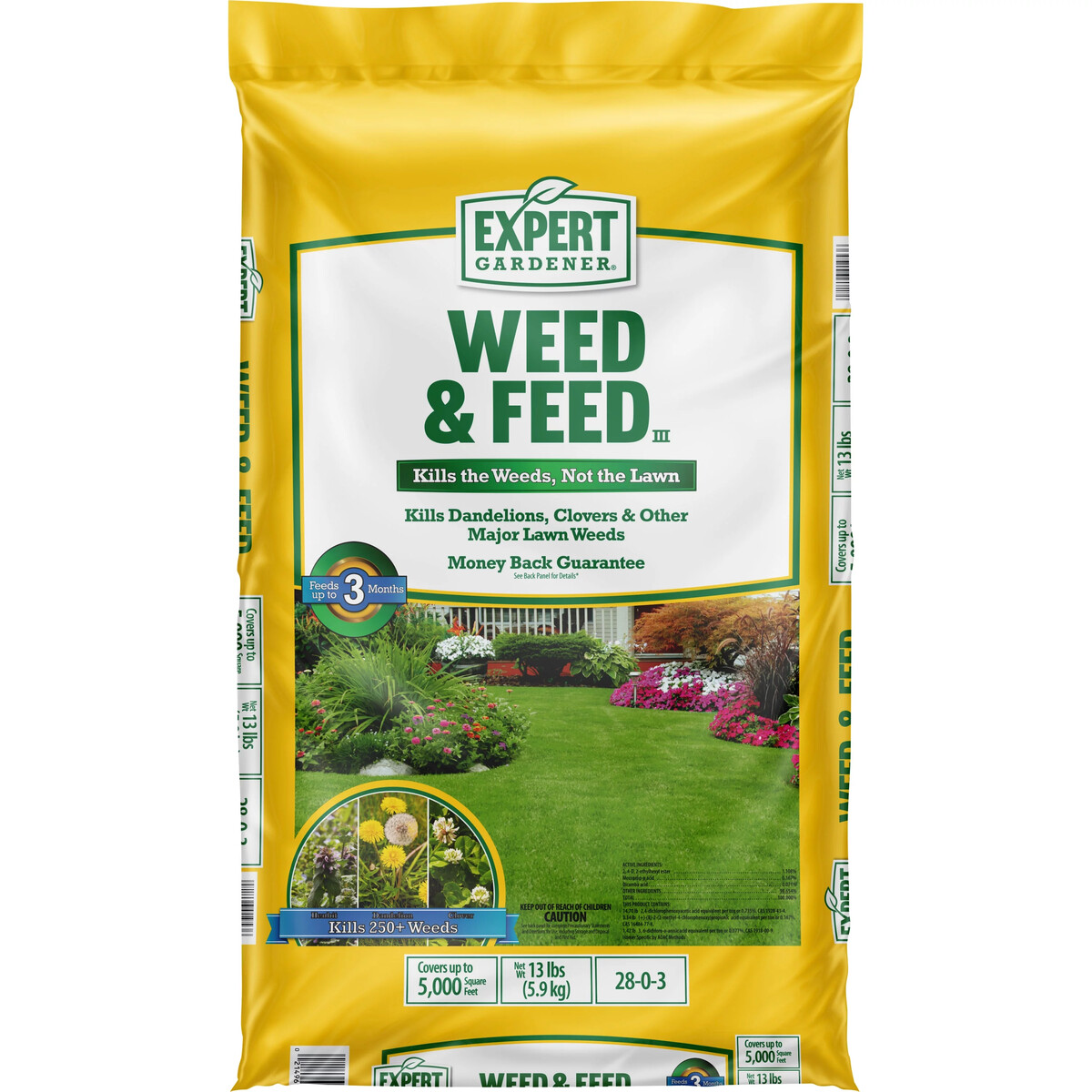
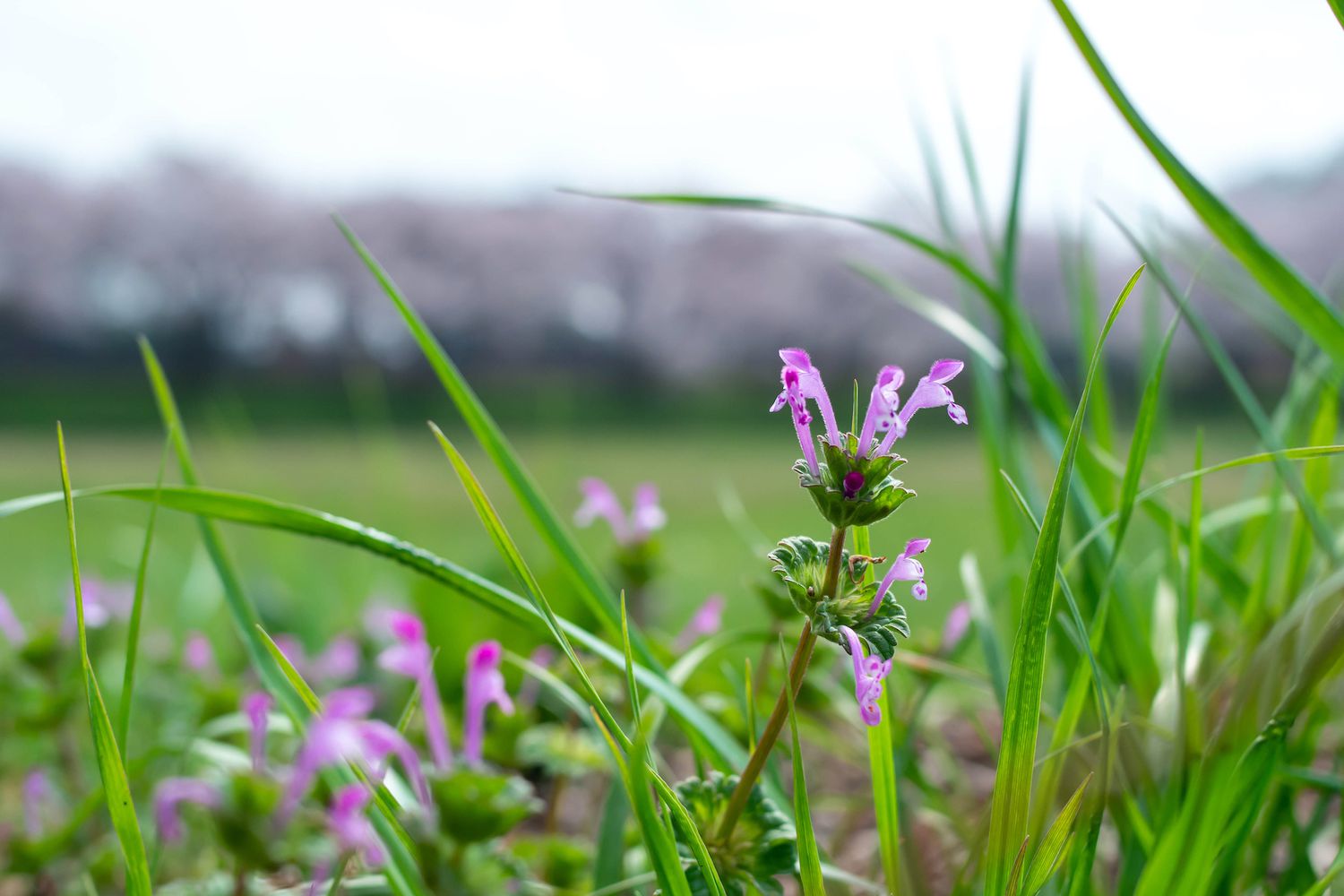

0 thoughts on “What Is Purple Flower Weeds In Grass”